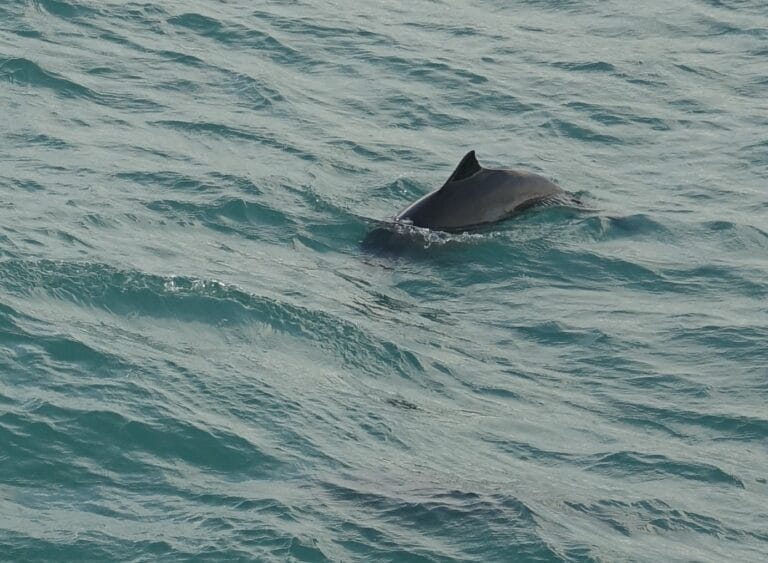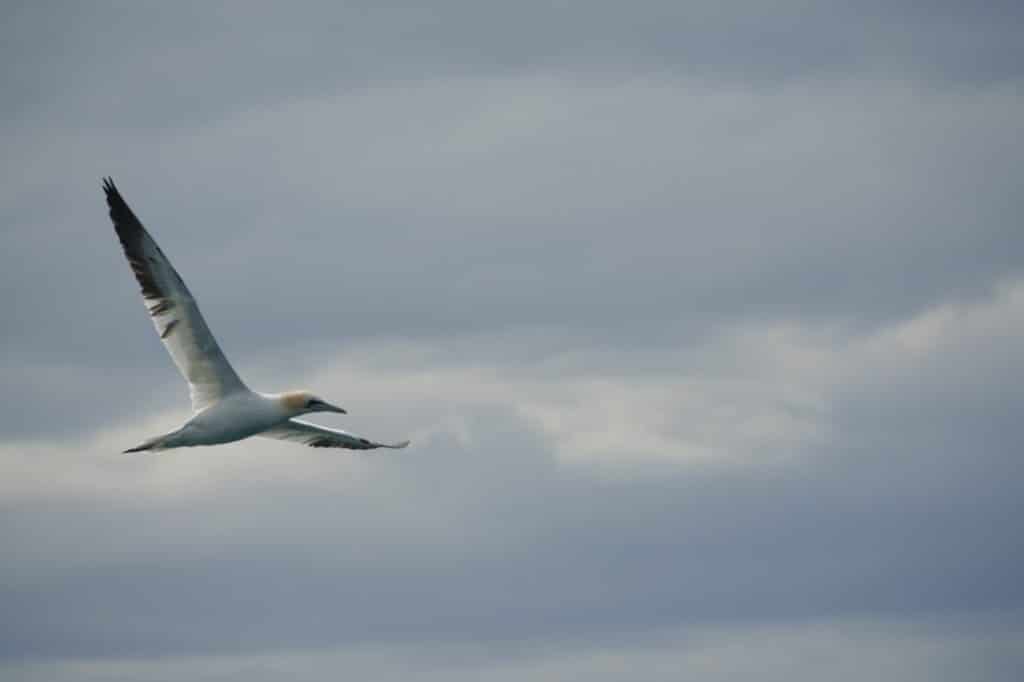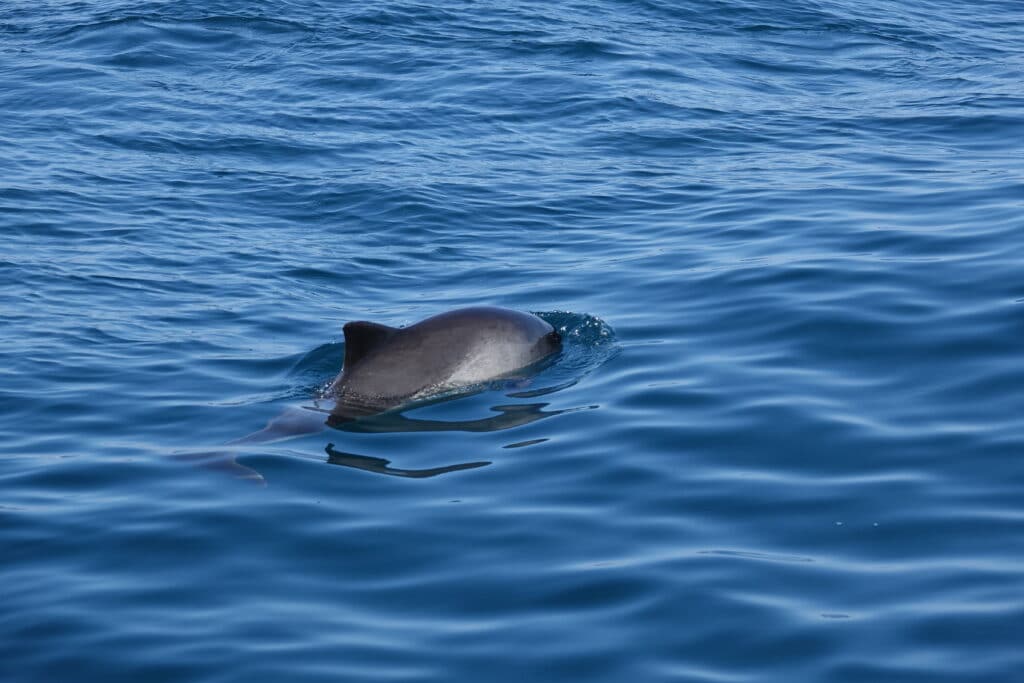Another gorgeous day as we set out on our superyacht for a day of whale watching.

Whale watching Iceland on a luxury yacht from Reykjavik harbor. We found a couple of adorable porpoises, along with many guillemots, gulls, cormorants and kittiwakes. But we didn’t find whales or dolphins so everyone got free return tickets for three years.
We set out after lunch on the beautiful superyacht Amelia Rose from Reykjavik Old Harbour, enjoying a break in the stormy weather we have had so much of this month. The seas were a lot calmer and Amelia Rose cut straight through the swell leftover. We sailed out from Reykjavik through one of the most beautiful harbors in Iceland, past the islands of Engey and Akurey, then Lundey, which is named after the large breeding population we have of the North Atlantic Puffin. We have 60% of the world’s population of these amazing seabirds in Iceland over the summer months!
Today there weren’t any puffins as it is January and they are out in the North Atlantic ocean, but we taught our customers how to spot whales, dolphins, and porpoises by using other seabirds. There wasn’t a huge quantity of seabirds out today but sufficient to give us good hope of finding cetaceans. There were plenty of fulmars and seagulls as well as a few cormorants and gannets. The gannets are always a great bird to follow when looking for whales or dolphins as they are really big, with bold markings, and dive from about 30metres to fish, so easy to spot.
It was because of the birds that we found a couple of harbor porpoises, the smallest cetacean we have in these waters. They disappeared very fast which is not surprising as they are notoriously shy, but it also looked as though they were busy with their hunting at that time. Finding porpoises gave us even more hope than the birds that we would find a whale or a dolphin as it showed that there was fish in the area so we kept a sharp lookout.
The feeding ground we often find whales in has many different areas, with a variety of depths and types of the seafloor, so we checked all of them and stayed in touch with all the other boats in faxafloi that day. It meant our trip was slightly longer than normal but we really wanted to find the whales. Sadly we did not succeed and by the time we got back in the night was drawing in, so we gave everyone free returns for 3 years in the hope they could join us on the yacht again to go and see the wonderful marine mammals we have here just off the coast of Reykjavik and find out why it is a must-do in Iceland.
Seeing whales and northern lights are rightly on the top of people’s Icelandic bucket lists, and we love showing everyone both. If you have booked onto a whale watching tour with us you can come out with us to see the aurora for half price, but still aboard the luxury superyacht Amelia Rose. Sea Trips Reykjavik sail daily from Reykjavík Old Harbour, Iceland. Our yacht, Amelia Rose was built as a superyacht in 2003 and as such is extremely comfortable and stable.
However the seas often change here, and people are affected differently by the movement of the oceans. As such we have seasickness tablets available for free at the bar. We also have warm blankets and ponchos around the yacht for your comfort, though the inside of the ship is extremely warm and snug.
For more information on our boats, our trips, and any accessibility questions please email us at seatrips@seatrips.is or look through our FAQs.

What is the difference between baleen and toothed whales?
We see both toothed and baleen whales here in Reykjavik harbor, Iceland. Did you know that dolphins and porpoises are also part of the same family? www.uk.whales.org is a brilliant website that goes into a lot more detail however this is the basic description!
They write that;
“Baleen whales have baleen plates, or sheets, which sieve prey from seawater. Toothed whales have teeth and they actively hunt fish, squid and other sea creatures. Dolphins and porpoises all have teeth and rather confusingly are known as ‘toothed whales’ too!
Another obvious difference between baleen and toothed whales is the number of blowholes on top of their head; baleen whales have two whereas toothed whales have one. There are only 14 baleen whale species and they are generally larger than the 76 species of toothed whales – except for the mighty sperm whale, the largest toothed whale.”
If you are interested in learning more we recommend these websites, https://www.nationalgeographic.com/animals/mammals/group/whale-facts/ and https://www.worldwildlife.org/species/whale They have a lot of extra learning materials about cetaceans all over the world.


